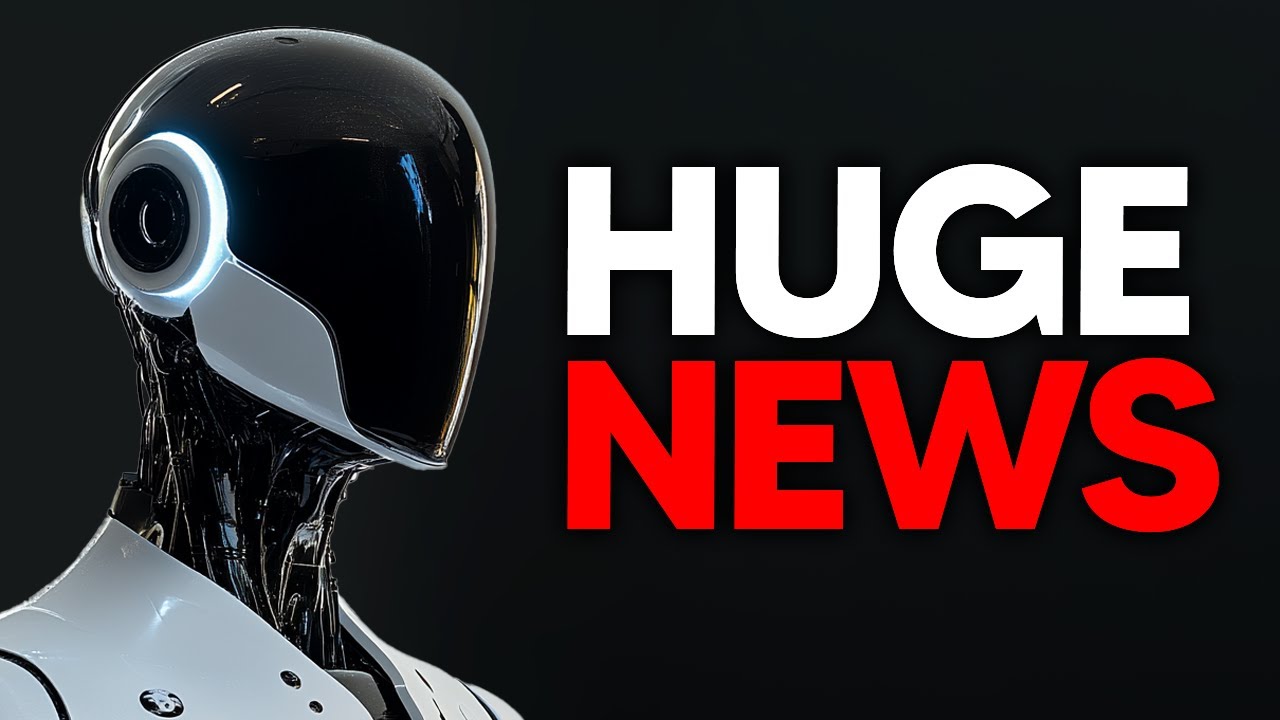Recent advancements in AI and robotics include OpenAI’s collaboration with the US AI Safety Institute for early access to GPT-5, Figure’s scaling up of electric humanoid robots, and Meta’s introduction of an improved Segment Anything Model (SAM 2). Additionally, new AI capabilities like OpenAI’s extended output tokens for GPT-4 and the highly realistic image generation by open-source software Flux Point1 highlight the rapid progress and potential concerns in the field.
In the past few days, there have been several significant developments in the AI and robotics space. Brett Adcock, CEO of Figure, announced that the company is now scaling up to produce billions of intelligent humanoid robots, a feat that was not feasible five years ago (x.com). The Figure humanoid robot is notable for adopting electric power systems over traditional hydraulic or pneumatic systems, a trend that is becoming industry-wide. This shift is driven by the advantages of electric motors, including lower costs, easier maintenance, and reduced environmental impact. The new electric humanoid robots from Figure and Boston Dynamics are setting new standards in terms of flexibility, agility, and practicality for various applications.
Meta has introduced the second version of its Segment Anything Model (SAM) (Meta Segment Anything Model 2), which boasts significant improvements in segmenting precise selections in videos and images. SAM 2 offers strong zero-shot performance, meaning it can handle objects, images, and videos it wasn’t specifically trained on. This capability opens up numerous real-world applications, particularly in augmented reality and creative fields. SAM 2’s real-time interactivity and streaming inference allow for efficient video processing and tracking objects in real-time, making it a versatile tool for various industries.
OpenAI has pledged to give the US AI Safety Institute early access to its next major generative AI model, GPT-5 (TechCrunch is part of the Yahoo family of brands). This collaboration aims to assess and address the risks associated with AI platforms. The move comes amid criticisms and concerns about the safety and reliability of advanced AI systems. OpenAI’s decision to collaborate with a federal government body reflects the need for thorough testing before public release. The company is under pressure from competitors like Anthropic, Google, and Meta, who are also developing advanced AI models.
One of the recent demonstrations of OpenAI’s capabilities involved ChatGPT’s advanced voice mode, where it was asked to count to 50 as fast as possible. The AI’s ability to mimic human-like speech, including taking a breath, showcased its advanced capabilities (x.com). OpenAI is also offering an experimental version of GPT-4 with a maximum of 64,000 output tokens per request, enabling new use cases that require longer completions, such as generating entire essays or books (https://openai.com/gpt-4o-long-output/). This development highlights the continuous advancements in AI’s ability to produce coherent and extensive outputs.
Lastly, a new open-source image generation software called Flux Point1 has been introduced, offering incredibly realistic images (x.com). The software’s ability to create photorealistic images that resemble those taken on an iPhone is both impressive and concerning. The realism achieved by Flux Point1 raises questions about the potential for misinformation, as these AI-generated images are hard to distinguish from real photographs. This development underscores the growing capabilities of AI in generating lifelike visuals and the implications for trust and authenticity in digital media.
